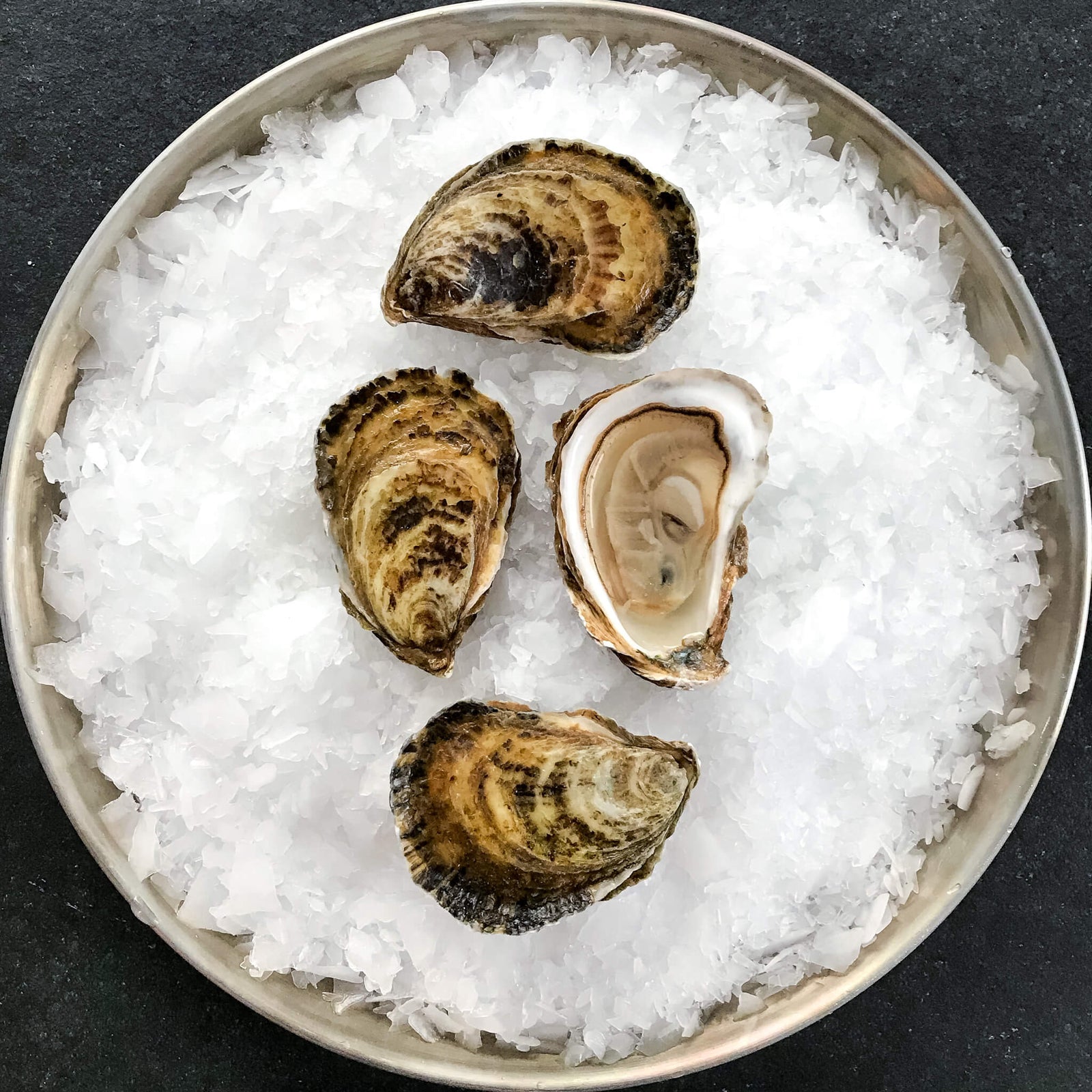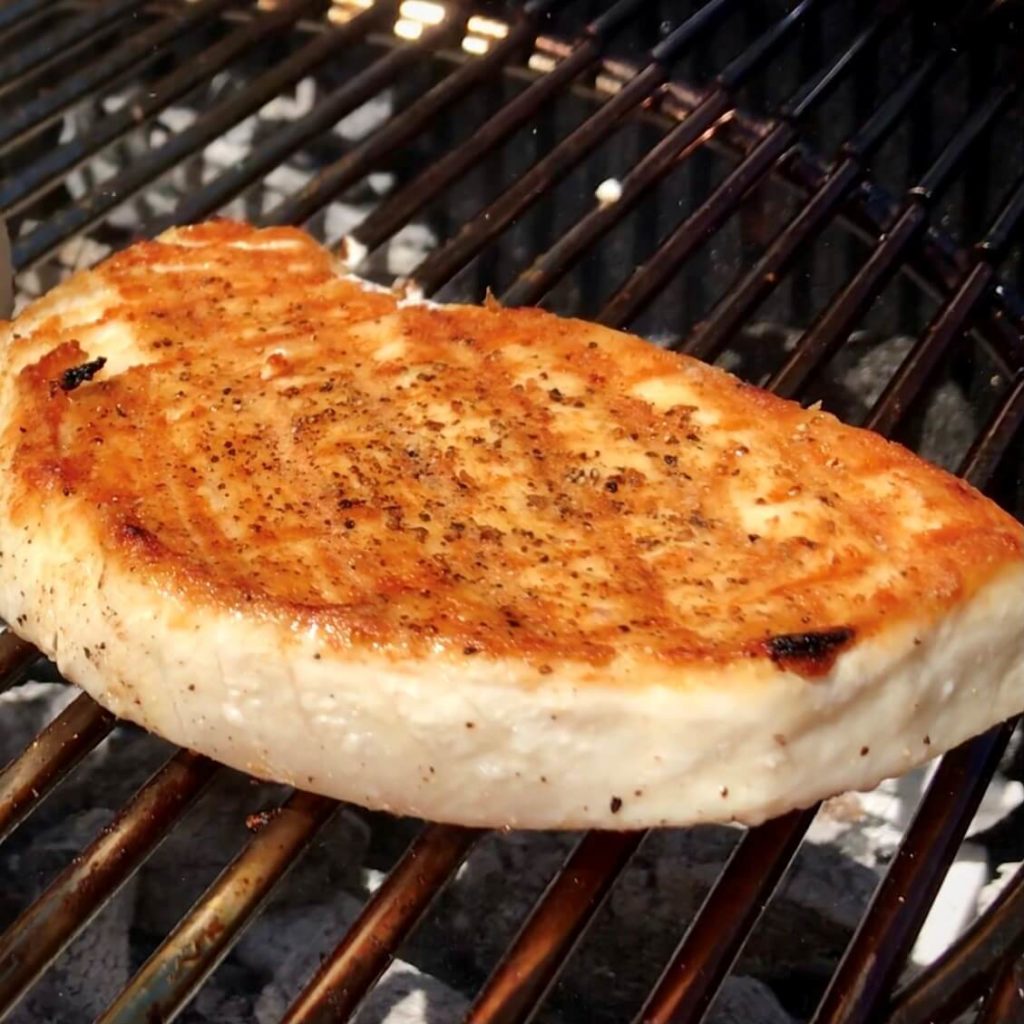Your Cart is Empty
FREE SHIPPING ON ALL ORDERS OVER $125!
FREE SHIPPING ON ALL ORDERS OVER $125!
FREE SHIPPING ON ALL ORDERS OVER $125!

If you're a seafood lover, you know that cooking fish can be tricky. Overcooking or undercooking it can ruin the taste and texture of the dish. But how do you know when your fish is fully cooked? Fortunately, there are a few simple techniques you can use to ensure you never overcook fish again.
When you overcook fish, it can become dry, tough, and lack flavor. Overcooked fish loses its natural moisture, which can result in a dry and chewy texture. The proteins in the fish also begin to tighten, which can make the fish tough and rubbery. In addition, overcooked fish can have a severe lack of flavor, as the heat causes the natural oils in the fish to evaporate. This can result in a bland and unappetizing meal that nobody wants to eat no matter how healthy it is!
One of the easiest and most reliable methods for checking if your fish is fully cooked is to use a wooden skewer. Gently insert the flat end of the skewer through the thickest part of the fish, and if it goes through to the bottom of the fish with no resistance, the fish is fully cooked.
If you feel any resistance, cook the fish for another minute or so and test again. This technique works well for most types of fish, but be sure to adjust the cooking time for thicker or thinner cuts of fish.
Another way to test if your fish is done is to use a food thermometer. The internal temperature of the fish should reach 145°F (63°C) to ensure it is fully cooked.
Keep in mind that once the fish is removed from the heat, it will continue to cook for another 10 degrees or so. This is called "Carry Over Cooking". Therefore, be sure to account for this and remove the fish from the heat when the temperature is slightly below 145°F, so that it's internal temperature will rise to the perfect level after resting away from the heat for a few minutes. This will ensure you do not overcook fish accidentally.
While these techniques are very reliable, there are also some visual cues to look out for when cooking fish. For instance, the flesh of the fish should be opaque and easily flake apart with a fork when it is fully cooked. You can also tell if the fish is done by looking at the color of the flesh. For instance, salmon should be a light pink color when cooked, while cod or haddock should have a white or off-white color.
You can also tell if fish is done by gently pressing down on the top of the fish with a fork. If it feels firm to the touch, the fish is done. If it still feels soft or mushy, it needs to cook for a bit longer.

Another helpful tip when cooking fish is to use a timer. This will help you keep track of the cooking time and prevent overcooking or undercooking the fish. For instance, if you're cooking a fillet of fish in the oven, set a timer for the recommended cooking time and check the fish using one of the above techniques. If it needs more time, set the timer for an additional minute or two and check again.
In conclusion, cooking fish can be intimidating, but with a few simple techniques and tips, you can ensure your fish is perfectly cooked every time. Remember to use a wooden skewer or thermometer to check for doneness, look for visual cues such as the color and texture of the flesh, and use a timer to keep track of the cooking time. With these tips in mind, you'll be able to cook delicious and perfectly cooked fish dishes with confidence.
Comments will be approved before showing up.

Here's an easy Oysters Rockefeller recipe with a buttery, herbed topping, featuring a classic: Wellfleet Oysters from North Coast Seafoods. Dig in now!


This grilled swordfish recipe is simple and delicious. Learn how to cook grill swordfish steaks. Order Seafood Online for Next-Day Delivery.
Sign up to receive the best seafood recipes, first access to new products, exclusive discounts and more!
Lucille
December 06, 2024
How many min. to cook fresh 3/4" cod? Lucille